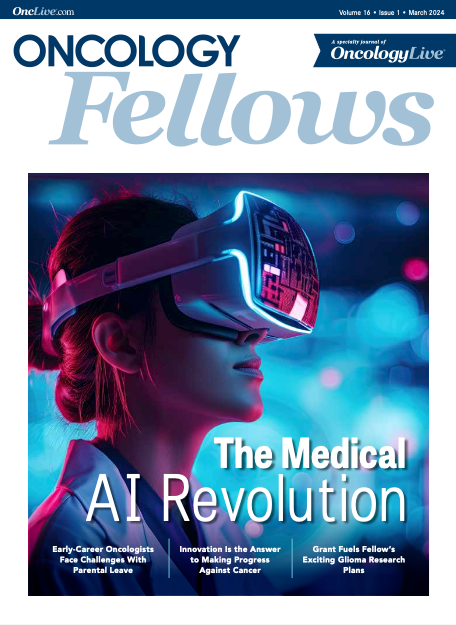Commentary
Article
Oncology Fellows
Evolving With the Times
Author(s):
Jill Gilbert, MD, explains how publications must evolve to utilize modern educational platforms to reach readers.
Jill Gilbert, MD

Reflecting on the many years since my fellowship graduation, I realize how we learn has drastically changed. When I was a fellow, we used textbooks. We did not have up-to-date information in our hands on a cell phone, we did not have robust internet searches, podcasts, tweetorials, and the like. Data were transmitted via a didactic lecture format even if that did not suit the learning needs of all participants. The concept of a flipped classroom was a radical redesign. Major learning events were usually synchronous and in person. Passive learning was the norm.
With the evolution of social media and the acceptance of virtual and asynchronous learning, however, we as educators now recognize that the playing field has changed. The way younger generations gather information and learn differs greatly from my generation. It is ironic because this article will land squarely in a print journal, which may not be your choice of media. In fact, we recognize that this publication must evolve to utilize modern educational platforms to reach our readers.
To that end, we seek to query you, our stakeholders. As an editor, I recognize that millennial and Generation Z learners tend to prefer a different format from what is being delivered by this print publication. Data demonstrate that Gen Z learners prefer active learning, by doing and often through digital methods. Millennials may appreciate micro learning, defined as learning something quickly with bite-size content rather than sitting through extended classes. Thus, we want to target how we deliver content based on your needs.
Two of the articles in this issue are dedicated to artificial intelligence (AI). One can imagine that AI might be able to notice patterns and automate educational processes or responses. This could create a real-time interactive experience. While much is written about the concerns of using AI, there are likely ways to smartly integrate this tool into learning strategies that uphold the principles of learning theory and target the new generation of learners.
Again, this is where you come in. In order for this publication to meet your needs, please take this brief survey to help us identify strategies that resonate with our readers so that we may best deliver our educational content to you.
Editor's Note: Jill Gilbert, MD, is a professor of medicine and director of the Hematology/Oncology Fellowship Program at Vanderbilt University Medical Center, in Nashville, TN.







%20(2)%201-Recovered-Recovered-Recovered-Recovered-Recovered.jpg?fit=crop&auto=format)

%20(2)%201-Recovered-Recovered-Recovered-Recovered-Recovered.jpg?fit=crop&auto=format)
%20(2)%201-Recovered-Recovered-Recovered-Recovered-Recovered.jpg?fit=crop&auto=format)